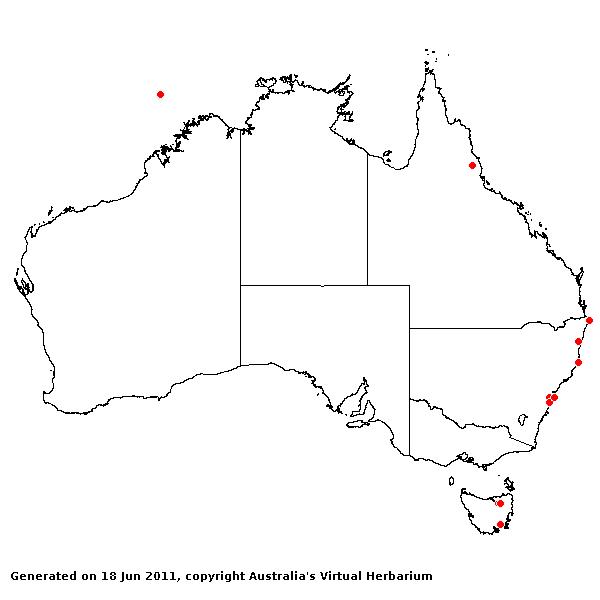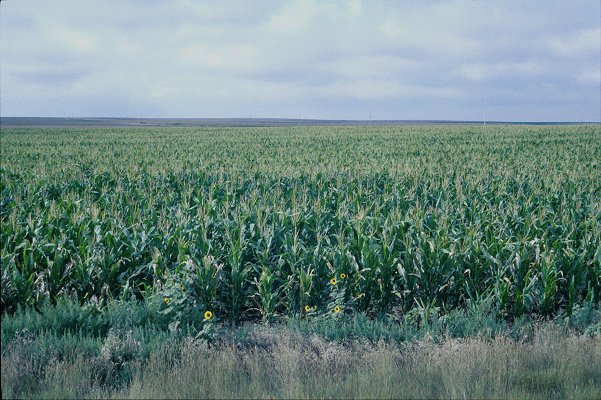Zea mays* L. Sp. Pl.
971 (1753).
Classification. (GPWG
2001) : Subfamily Panicoideae. Andropogoneae.
Common name:
Corn, Maize.
Type of Basionym or
Protologue Information: LT: Anon.,
America
(LINN-1096.1). LT designated by Iltis & Doebley, Amer. J. Bot. 67: 1001
(1980).
Key references
(books and floras): [1952] C.A.Gardner, Flora of Western
Australia 1 Gramineae (354), [2008] S.W.L.Jacobs,
R.D.B.Walley & D.J.B.Wheeler, Grasses of New South Wales (401).
Illustrations:
[2008] S.W.L.Jacobs, R.D.B.Whalley & D.J.B.Wheeler, Grasses of New South
Wales, 4th edn (401).
Derivation: a
name of Caribbean origin for Zea mays.
Habit. Annual.
Culms erect, 200–300 cm tall. Mid-culm internodes solid. Leaves cauline. Ligule
an eciliate membrane. Leaf-blades linear or lanceolate, 25–100 cm long, 20–100
mm wide.
Inflorescence.
Inflorescence compound, a panicle of rames.
Spikelets.
Spikelets sessile, 2 in the cluster. Fertile spikelets 2-flowered, the lower
floret barren (rarely male), the upper fertile, comprising 1 basal sterile
florets, comprising 1 fertile floret(s), without rachilla extension, obovate,
dorsally compressed.
Glumes. Glumes
similar, firmer than fertile lemma. Lower glume oblate, scarious, of similar
consistency above, without keels, 0 -nerved. Upper glume oblate, scarious,
without keels, 0 -nerved. Florets. Basal sterile florets 1, barren, with
palea or without significant palea. Lemma of lower sterile floret membranous, 0
-nerved. Fertile florets female.
Fertile lemma without
keel, 0 -nerved. Lodicules absent or vestigial or present. Anthers 3.
Continental
Distribution: Europe, Africa, Temperate Asia, Tropical Asia, Australasia,
Pacific, North America, and South America.




